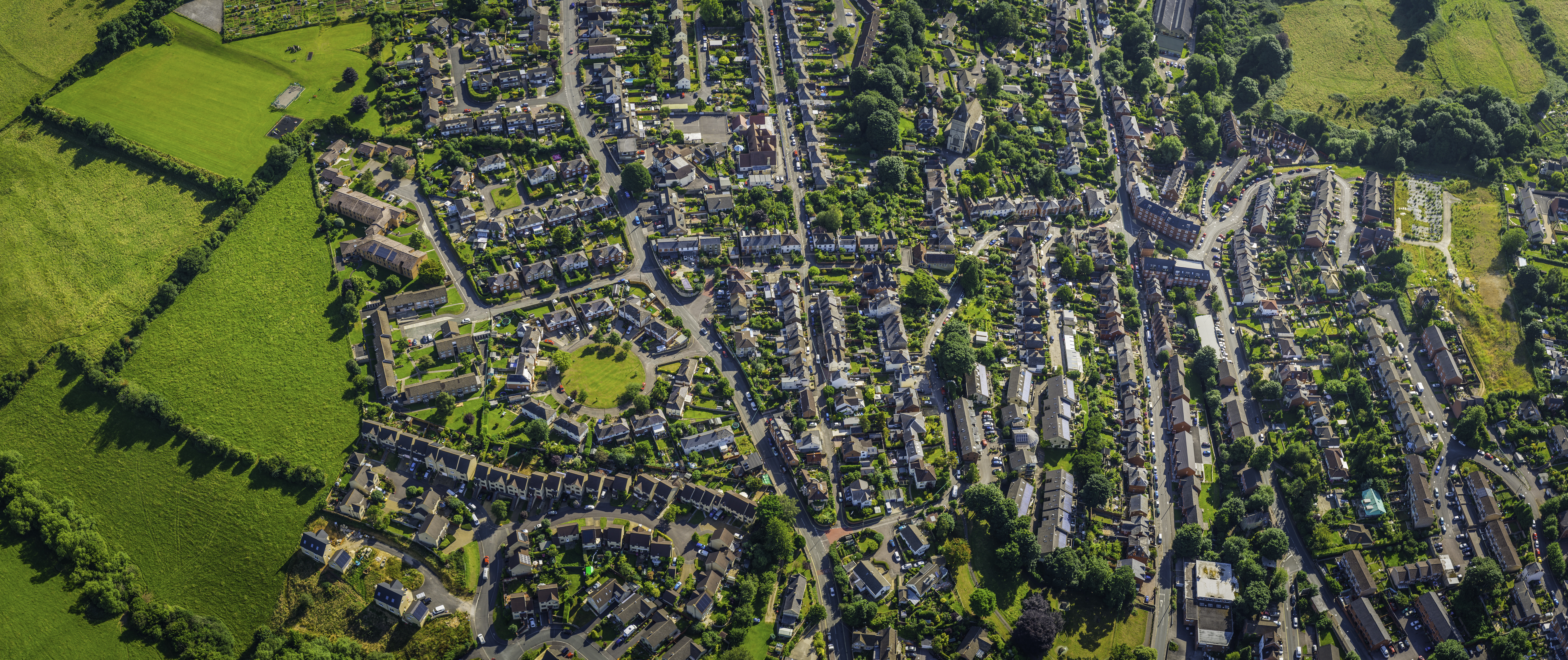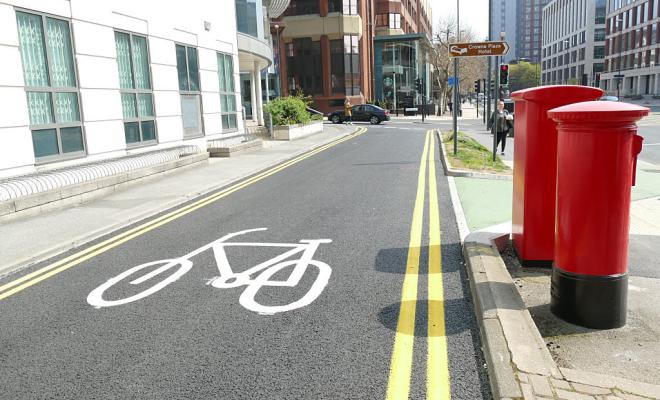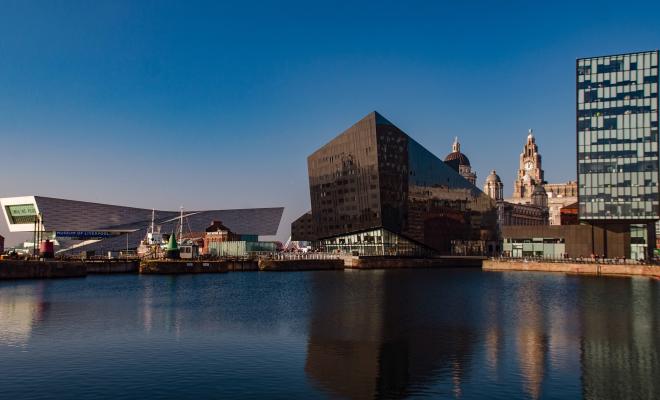03 Dec 2025
The science tells us that we’re in the deciding decade to limit catastrophic climate change. And the actions that are needed now are in areas that local authorities have control and influence over – like transport, buildings, green spaces and renewable energy.
The reality is that national targets on climate and nature won’t be met without local action.
Thankfully, most councils have responded to the public demand that they do something. Since the first local authority declared a climate emergency most have followed suit, and the majority have drawn up Climate Action Plans (according to Climate Emergency UK). Now those plans urgently need to be turned into concrete action.
Years of underinvestment by national government, made worse by the pandemic, has left local progress far behind where it should be. And government’s vague and inconsistent guidance hasn’t helped, leaving it up to councils to interpret a way forward. Local authorities need the resources and powers needed to deliver ambitious, transformative action.
But that doesn’t mean action should be delayed. Together with the climate charity Ashden, Friends of the Earth has been working with councils to identify solutions that can be implemented now. We've compiled over 40 examples of best practice that can and should inspire other councils to replicate similar successes.
So what have we learned in all this? Well, here are 8 key lessons that should be valuable for councils and campaigners alike.
1. Local action works – for climate and communities
It’s clear that many climate initiatives are already having huge payoffs. Cutting traffic in Nottingham has already saved 7,840 tonnes of carbon dioxide through a parking levy used to fund better public transport. And while it’s vital councils measure progress towards key climate targets, they can demonstrate wider benefits too. This can be anything from getting more people walking to improving access to green space and cutting the cost of heating homes. North East Derbyshire Council expects residents to save an average of £286 per household following its insulation of council homes.
2. Councils need to start somewhere
Some councils are still struggling to get off the starting blocks. Actions focused on the council’s own operations can be a good starting point and have a wider impact by demonstrating what’s possible. When Leeds City Council switched its own fleet to electric vehicles it encouraged businesses to do the same. From the post room to the cemetery team, Brighton and Hove City Council is using e-cargo bikes and has persuaded local companies to do the same, with Brighton Gin clocking up over 2,200 miles for deliveries that would previously have been made in a diesel van.
3. There’s money to be had
Obtaining government funding is often labour-intensive and competitive, though some councils are good at tapping into it. That’s why it’s so interesting to see what councils like Warrington have been doing to raise money locally for renewable energy schemes through community municipal bonds. Or South Gloucestershire, which has targeted housing developers with the Community Infrastructure Levy to create more local green space and support electric vehicle use.
4. Councils need more support from national government
The case studies include a confusing array of different national government funding schemes. Some are still going, some are not, and most involve a competitive process to get the money. Some councils have managed to obtain significant funding in this way, but it can take a lot of staff and resources to do so.
Councils also need the right national policies in place – it’s harder to develop strong rules on zero carbon development or be proactive about space for wind farms if the government leadership isn’t there. Some councils are showing what’s possible, such as Reading Borough Council with its zero carbon housing policy and Stroud District Council with its positive approach to finding space for renewables. But it doesn’t make sense that these examples are the exception, not the norm.
There would be a significant scaling-up of action and impact if the government ensured councils have long term stable funding and the right policy framework to tackle climate change.
5. Partner up
Many local successes involve partnerships and collaborative working. Pooling knowledge from a variety of stakeholders can help councils bid for funds, share expertise, engage with the wider community and share the delivery of local climate ambition - crucial for those lacking resources. We’ve seen the merit in this approach all the way from Hastings, where local authorities worked together with the health sector to help low-income residents make their homes more energy-efficient, to Dundee.
In Dundee, the council also partnered with the NHS to better understand the risks to vulnerable communities from the impacts of climate change so it could prioritise their needs.
6. The green skills gap needs to be filled
There’s huge potential to bring hundreds of thousands of jobs to the UK, to fit the renewable technology of the future and make our homes more energy- efficient. But there’s still a massive green skills gap right across the country. Some councils have wised up to this and are boosting the training and development of these crucial skills, such as Pembrokeshire’s reuse and repair network and Greater Manchester’s Smart Energy Plan.
7. Engage early and involve communities in climate decision-making
Not every climate policy will be popular and councils shouldn’t shy away from this. We’ve found that early engagement with communities and a genuine commitment to listening to public feedback encourages widespread acceptance once implemented. This has been especially true for controversial ideas, such as low traffic neighbourhoods. We’ve seen this in Waltham Forest, where residents co-designed the measures.
Elsewhere, like in Blaenau Gwent, citizens’ assemblies can help ensure climate action is done in a way that’s fair for all – particularly when the voices of communities most at risk of climate crisis impacts are represented. And councils have found that explaining the wider benefits, like greener neighbourhoods and better air quality, can help win public support.
8. Get the whole council on board
When there’s wholesale buy-in across the council, climate action tends to be more successful. This means that staff across the council’s different layers understand and support climate ambition, and there's strong political leadership and vision. Cotswold District Council found that appointing climate champions within the council helped to spread the message and gain support.
We know councils have a huge task ahead to tackle climate change and restore nature in our towns, cities and countryside. There's a multitude of ideas and solutions that can be implemented right now that will deliver multiple benefits, from warmer homes to more green jobs. But council ambition also needs to be scaled up significantly to maximise impact, with additional powers and funding, and changes to national policy. Delay is not an option, and councils should act now where they can and demand better government support.
The case studies mentioned in this article were produced with help from Ashden.






